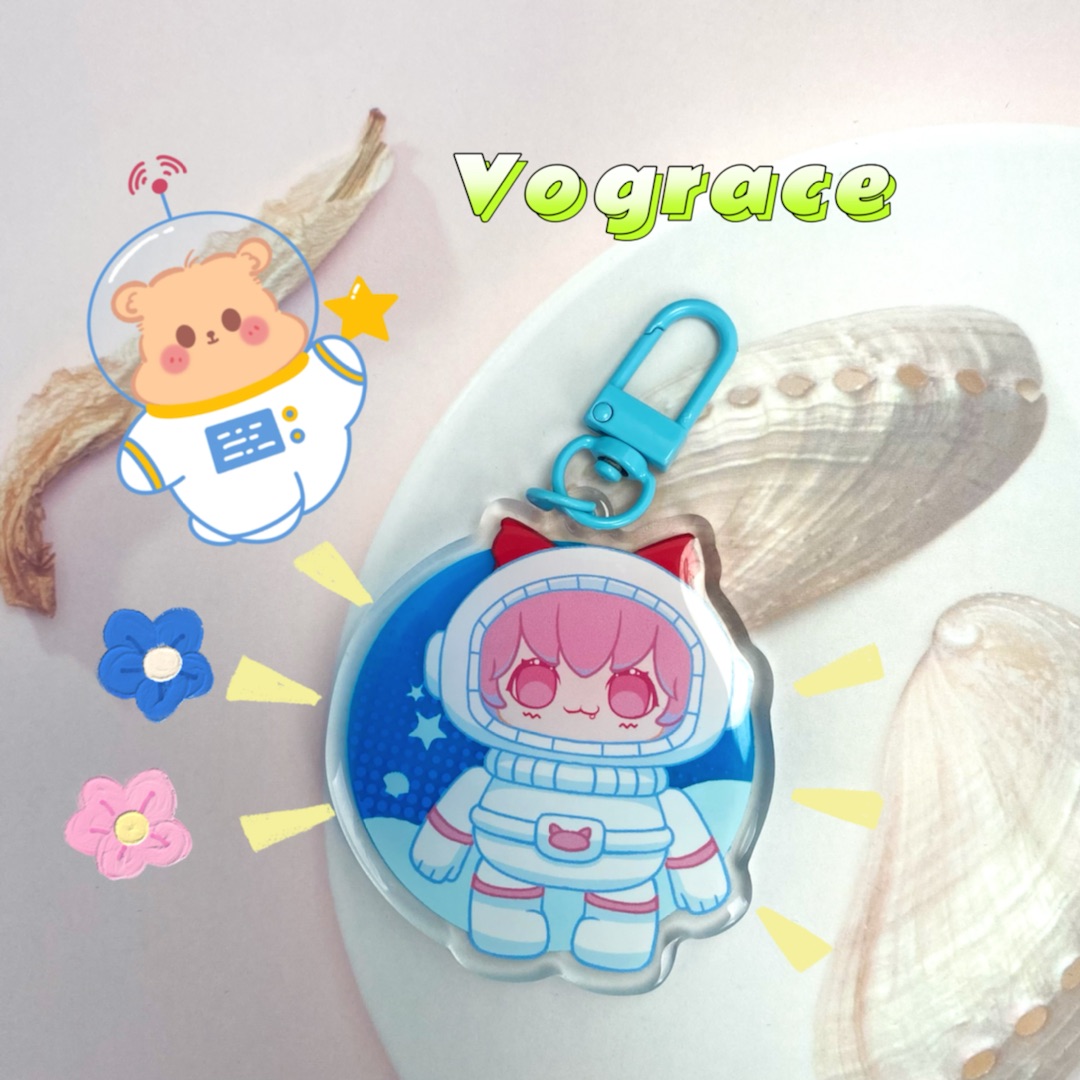
To clarify, I’ll use the analogy of Washi tape.
Washi tape, in its most basic definition, is a kind of pretty tape. We’re capable of so much more than that! Artists and hobbyists in Japan were bored of using regular masking tape for their creative projects in 2006, prompting the invention of washi tape. The company acquiesced, and soon after, Washi Tapes were widely accessible to buyers. If you are looking for custom washi tape, please visit our website.
What exactly does it make?
Word for word, “Washi” means “paper.” Japanese Washi papers are often far more delicate and lightweight than the thick and sturdy paper we’re accustomed to in the West. Creating washi is a time-consuming and intricate process that calls for manual dexterity. Natural fibres from several native plants, most often Paper Mulberry, are carefully reduced to a pulp and then used to create sheets of paper. Washi tapes get their name since they are customarily made out of ornate Japanese sheets.
Washi tape’s introduction to the public irrevocably changed our perspective of tapes from their original, utilitarian function to their new, creative one, despite the fact that few firms utilise such time-consuming techniques for creating washi tape.
How is this tape different from others like it?
When we think about washi tapes, it’s impossible not to think of the many types of craft tape we may employ. The most common types of tape are masking tape and Scotch Tape. However, there are a few major exceptions here.
Resilient tape that won’t separate or peel
Duct tape, which uses a chemical bond, is as superfluous as pressure-sensitive adhesives like washi tape and scotch tape. Instead, the pressure forces the glue into the microscopic surface flaws of the material. The tape ensures that it stays put after it’s been inserted. That’s about all we have in common, however, since the two are so different otherwise. Unlike washi tape, which can be cut with a pair of scissors, Scotch tape is made of plastic and requires special equipment to be ripped. This substance is see-through and has largely utilitarian use.
Wrapping Tape
Like washi tapes, most masking tapes are constructed mostly of paper and may be easily shredded with bare hands. Masking tapes, in contrast to washi tapes, are designed to resist the seepage of liquids like paint. This means that they tend to be heavier and more robust overall, with thicker nature and sometimes plastic reinforcement and stronger adhesive.
Washi tapes are a low tack adhesive that won’t damage your crafts if they get moved around. While most washi tapes are not really made from Japanese washi, they capture the essence of the original via complex patterns inspired by it. You can always buy custom washi tape because they are the best and most popular compared to all competitors.
To what end may it be put?
Washi tapes are widely used as a crafting supply because of the many different patterns and colours that can be found on a single roll. Altenew provides a wide variety of sizing, shape, and design choices. If you’ve never used washi tapes before, you may be wondering how to choose the right tape for the right job. We have the washi tape, the answers, and the recommendations.







